
Review
KS LEV Circuit Wireless Dropper Post
If you asked my 1996 self if one day I'd be riding a 170mm travel mountain bike with a 200mm wireless dropper seatpost that works in all conditions, the reaction would have been priceless. Past me would not have seen an obvious need to drop my saddle to the heights we require them to now, let alone through the magic of sending commands through the air!
KS's seatpost catalogue is vast: there are 14 different droppers for every application under the sun. You can even get an under the saddle lever-actuated one called the ETen. The LEV Circuit is their latest offering with a few tricks up its sleeve and some shortcomings, too. In the past, my local bike shop's discarded dropper post bin was filled with KS Levs and Integras. The lack of serviceability and parts really inched the OneUp, PNW, SDG Tellis and some Reverbs forward compared to the OEM KS post that came with many bikes.

The 200mm KS Lev Circuit just fits my size medium Orbea Rallon.
The KS Lev Circuit's engineers managed to fit the actuator inside the saddle clamp. The hollow construction hides the upside down LEV mechanism and the new saddle angle adjustment mechanism, which we will get to later. This doesn't make for a short stack at the saddle side but the bottom of the post is clear from all clutter, save for a Schrader valve to adjust the return speed.
The idea of a 200mm wireless dropper post was intriguing on the Orbea Rallon. The big bike in the stable could use some more clearance for the way down. The 180mm OneUp V2 was well seasoned and was getting crunchier by the day, even after multiple rebuilds.

Size chart for KS Lev Circuit.
Since day one, we've been asking for RockShox to make a longer AXS dropper. They still haven't. While I am sure something undeniably cool and catchy is on the way and we'll love the marketing behind it, the KS Lev Circuit has us covered with 125, 150, 175 and 200mm options in 30.9 and 31.6 diameters. My tester is a 31.6/200mm that comes in around 740 grams for the post, plus 45 grams for the remote. The 22.2 mm clamp sits between my Shimano XT lever and the grip. The remote design is simple. The ergonomics work really well on the trail. While the construction of the plastic doesn't scream durability, a couple of crashes have not harmed the remote and it has worked through multiple washes and wet rides just fine.
The post is meant to come already paired to the remote from the factory. My sample did not come paired from the factory but the pairing method was pain free and successful.:
- Pressing the button on the dropper post in the LED blinks
- Pressing the recessed button on the remote with paperclips until the LED blinks
- Wait until the LEDs stop blinking indicating a successful pairing.
- Repeat if it doesn't work
- Scream and toss it out the window if it refuses to work
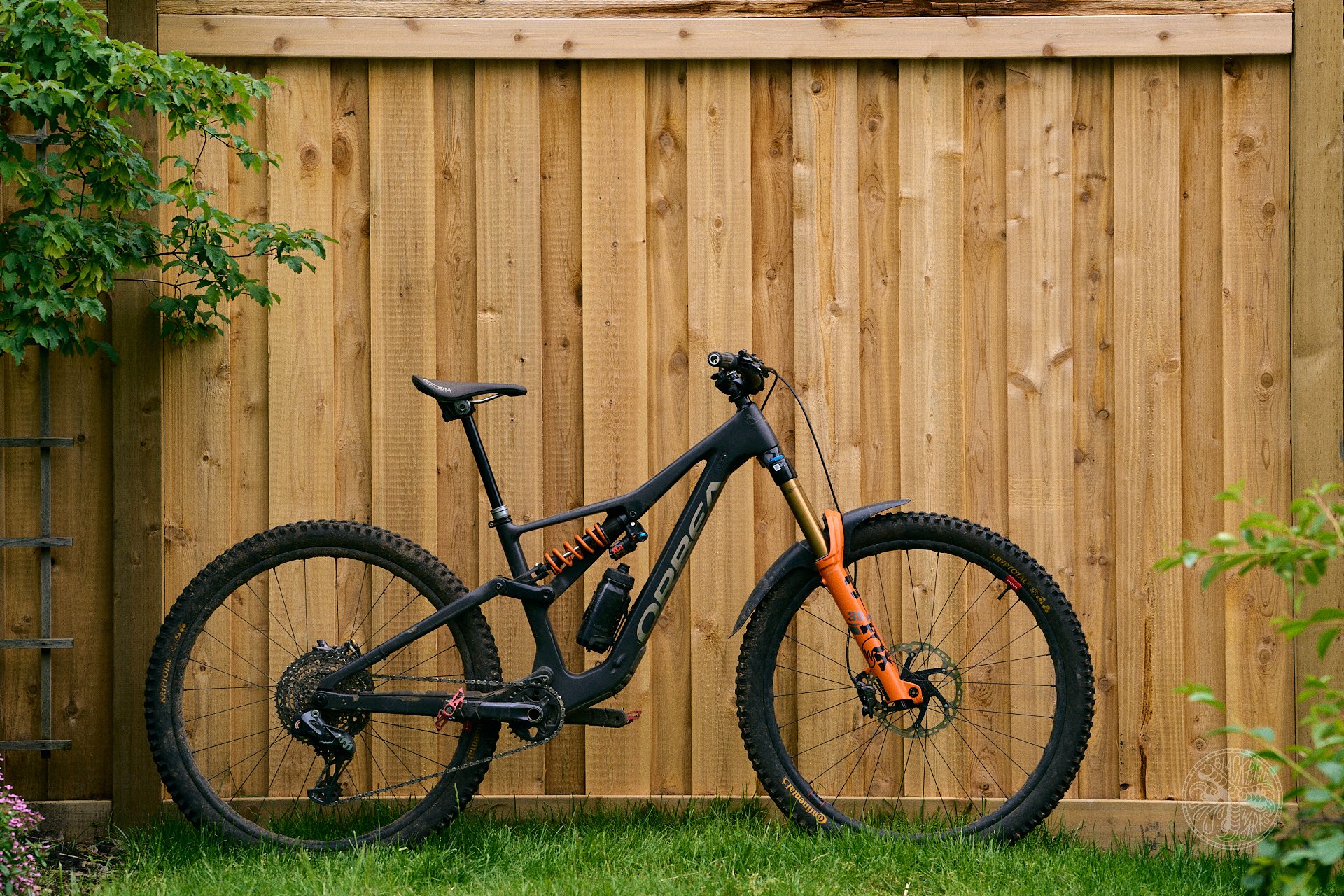
It is so nice to have 200mm of drop on a size medium bike.
The biggest downside to droppers with batteries is the obvious: running out of juice or not having juice to begin with. The weakest link in the system needs to be well engineered and taken care of. Battery placement on wireless droppers like the AXS Reverb and the KS Circuit makes them prone to catching on the rear tire on a bottom-out and being ripped right off their housing. While it is rare, it is possible. The KS Lev Circuit comes with a healthy 450mAh battery - that's 50% bigger than AXS. The efficiencies of the systems are unknown to me but the 450mAh battery only died on me once at the end of a ride. I had not charged it for weeks, so that's on me! I now charge the battery for an hour every few weeks and remove it during long drives. Remember, motion wakes these wireless systems up, so make sure you remove the batteries and put the dummy units in for drives longer than a couple of hours. Great... new habits!
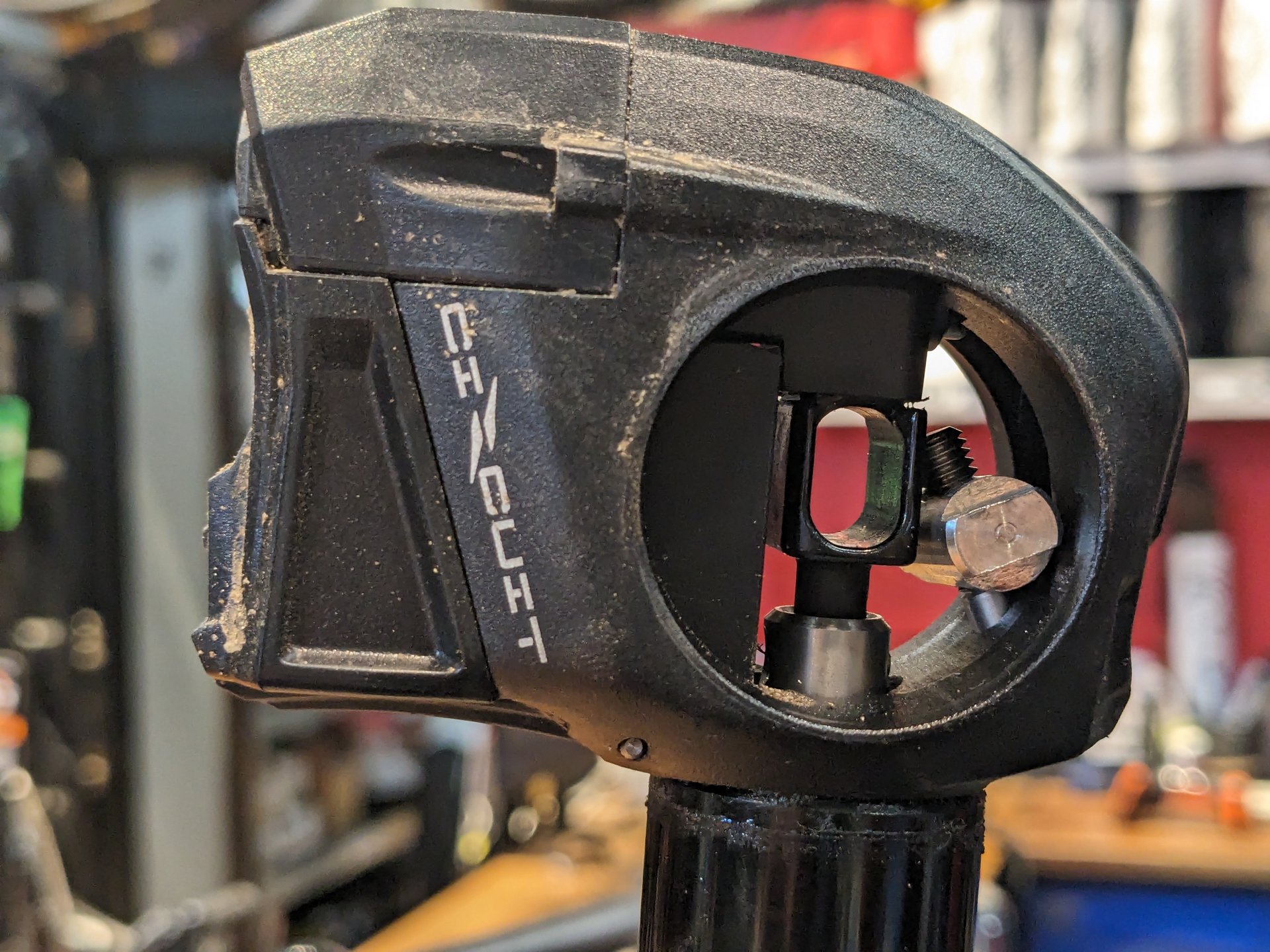
The actuator is in the center and the saddle clamp bolt goes right through it. The saddle angle adjustment lock is the silver nut towards the front of the round opening.
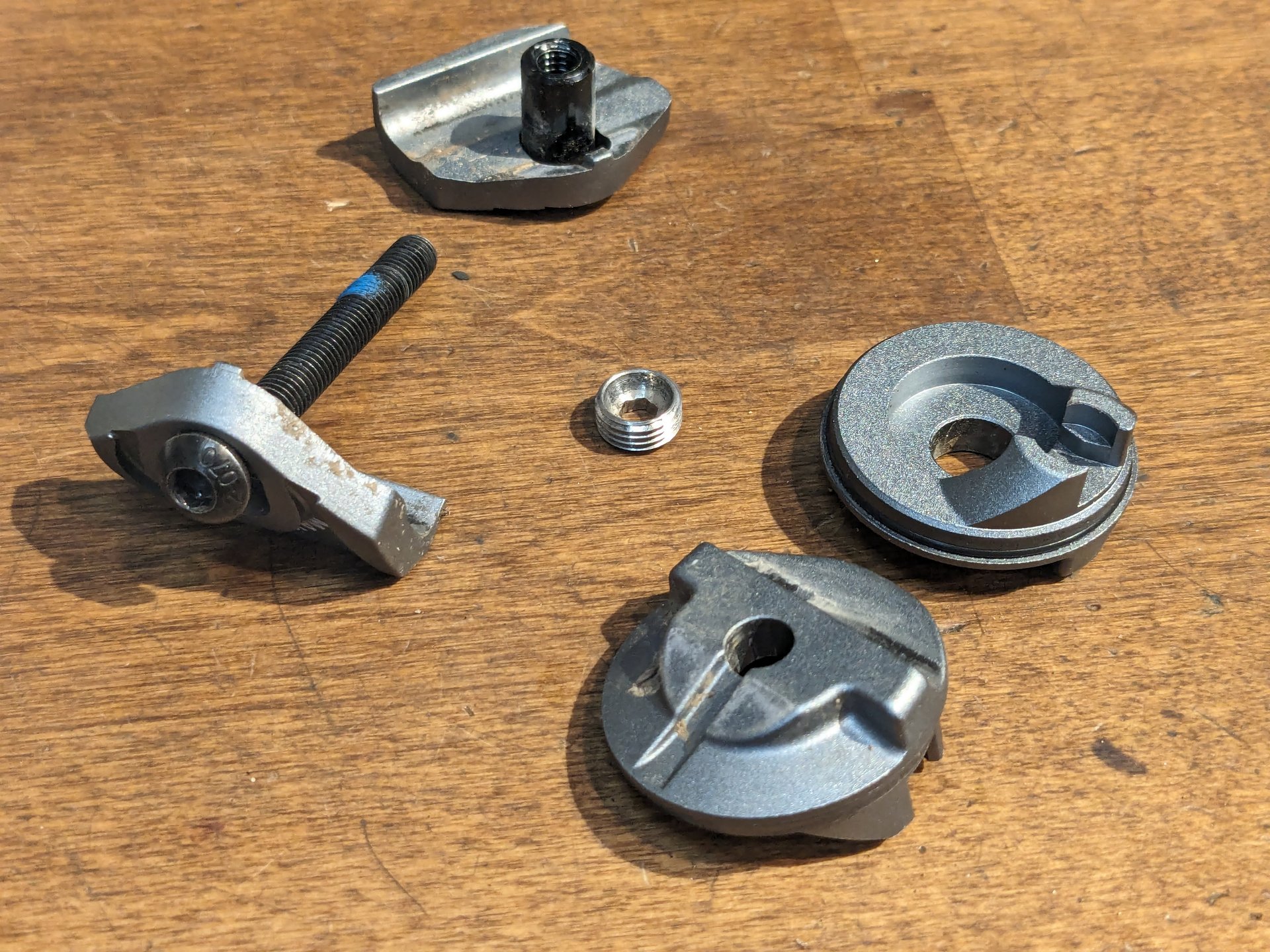
The angle adjustment lock corresponds to the slot on the saddle clamp.

The overall head unit has a tall stack, about 15mm longer than an equivalent OneUp post.
As an AXS X01 derailleur user, I am used to charging a battery and bringing a spare along on certain rides just in case. Adding a new type of battery to the circulation is a slight concern but I haven't been left dead in the water yet. If I was going on a big journey in the middle of nowhere, while I would trust the integrity of the KS Post, I would also grab a second battery.

300mAh AXs battery on the left, 450mAh KS battery on the right
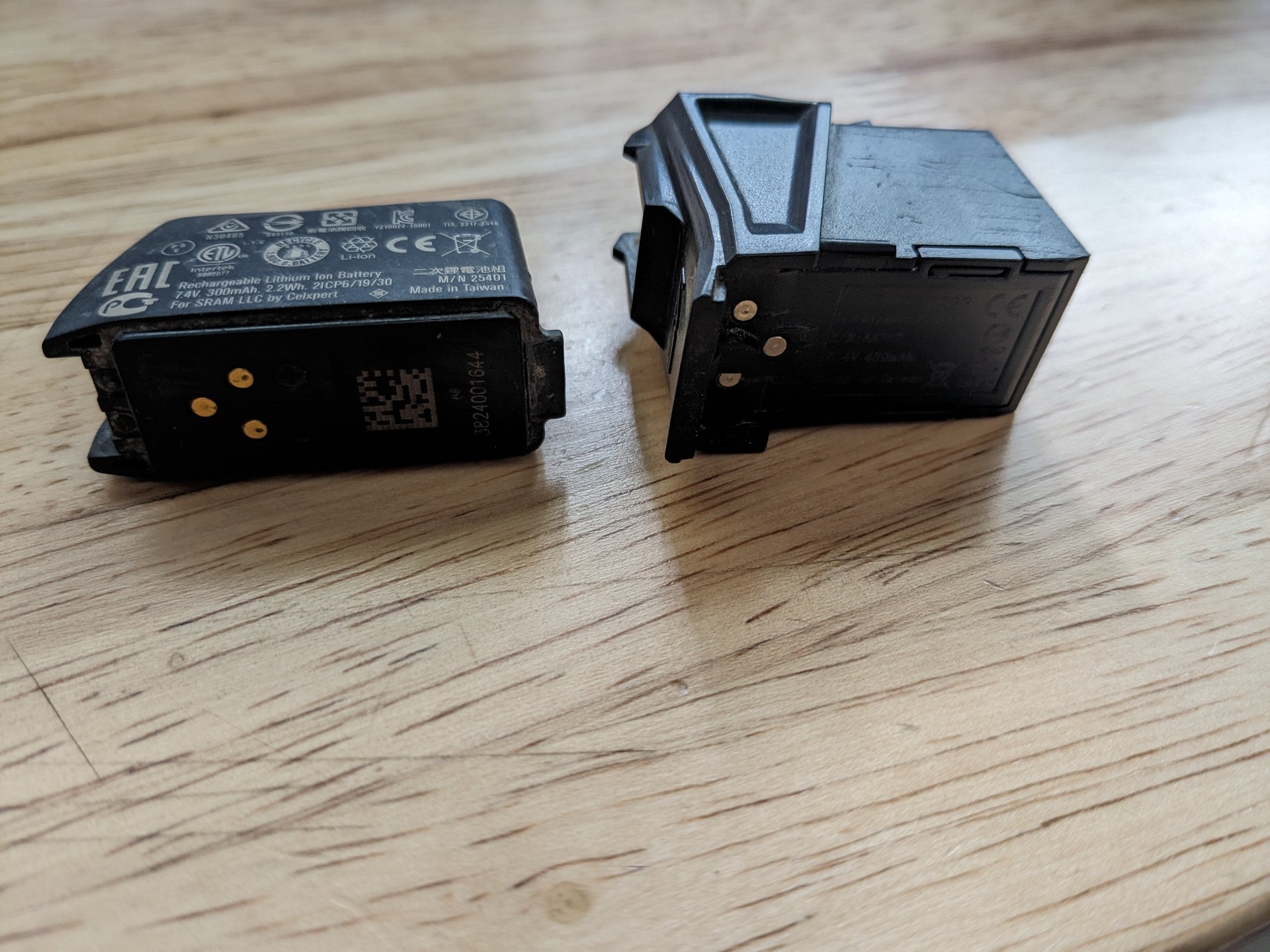
The KS battery has a more secure feeling "click" to the post compared to the AXS battery which is only held on by a clamp.
The KS Lev Circuit works well when actuated. The return spring is pumped up to 180 psi but it is not in a hurry to get to full extension. While the speed may not be there, the top out sound is nice and audible while on the trail. There is absolutely no play in the post when fully extended or lowered. The action is also the smoothest of any post I have ever encountered. Delightful to raise and lower.
However, there are some issues I found with the post.
My biggest complaint is the way the saddle angle is adjusted. A single bolt system might be necessary due to the design constraints, but most single bolt setups tend to slip under heavy loads. There is a 3mm bolt hiding under a 4mm cap on the front of the head. The 3mm bolt that connects to a nut that corresponds with the saddle clamp has tolerance issues and creates vertical play in your saddle angle. There is no easy way of tightening this play out of the system.
I managed to set my saddle angle, then get the 3mm bolt as tight as possible by rocking the seat back and forth and retightening it and then tightening the 4mm cap to secure everything in position. The play is still there and is noticeable on steeper climbs when I rock back and forth. I thought this might be a deal breaker earlier on but I have grown more used to it and the other benefits of the post make me less frustrated. I think the design can be greatly improved. Both the SDG Tellis V2 and RockShox AXS Reverb have way better ways to secure saddles in place.
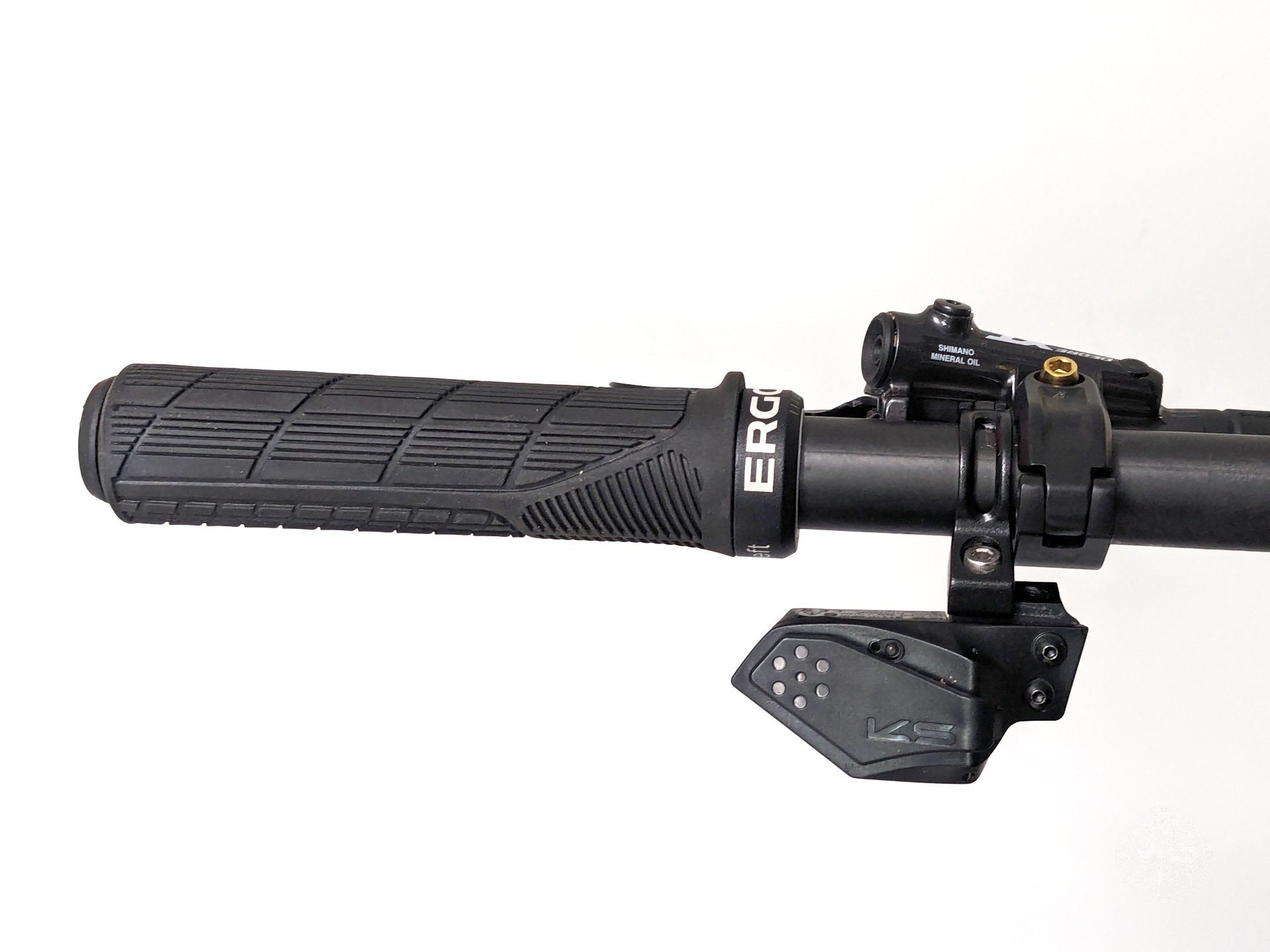
Nothing fancy when it comes to the remote but it functions well and the tactile feel is great.
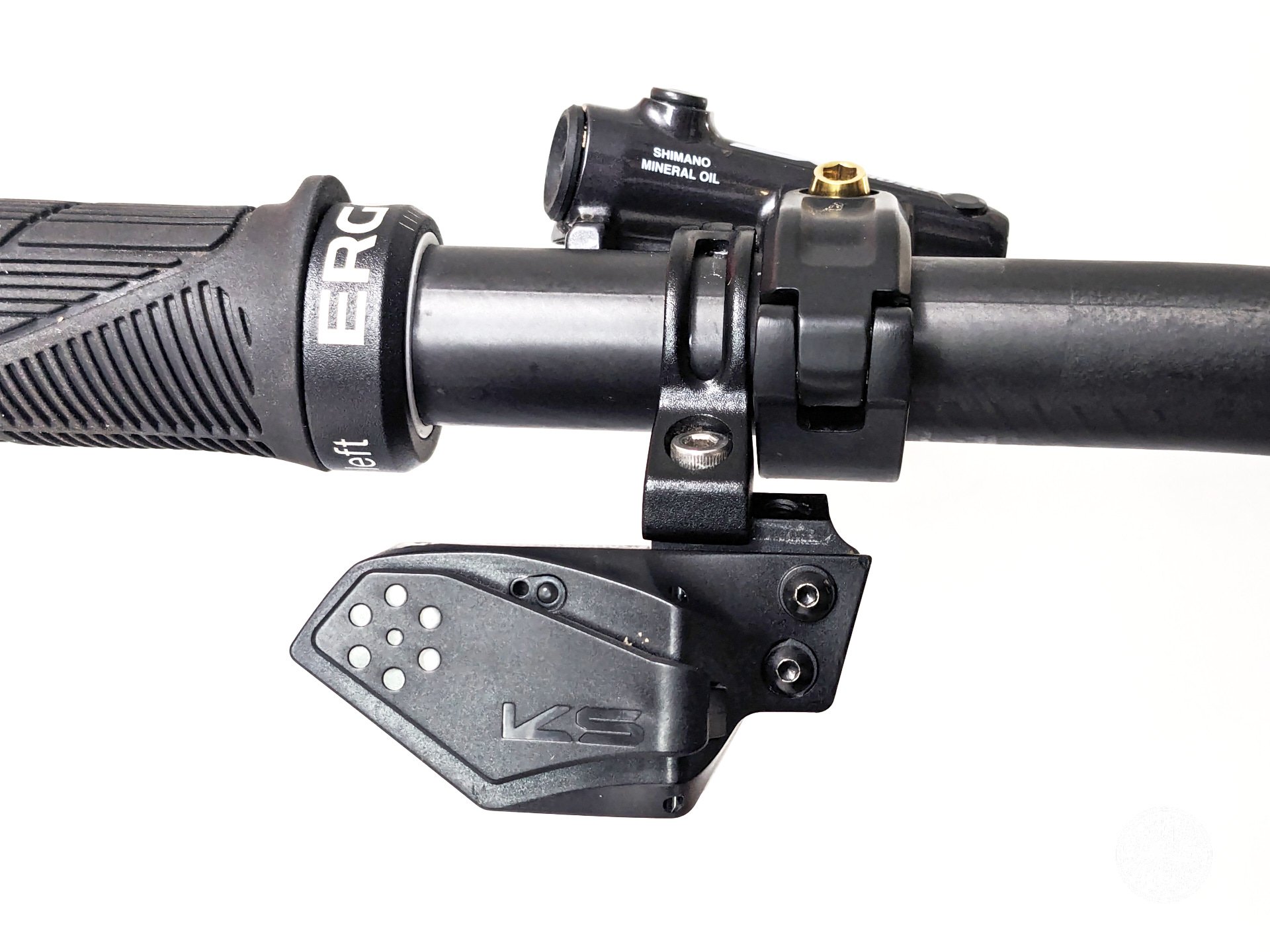
The 22.2mm clamp is included and I prefer this to the I-Spec EV or MatchMaker mounts.
Multiple months of repeated abuse and the summer that refuses to arrive in the North Wet put the post through its paces for sure. The system is solid and works exceptionally well. The ergonomics of the remote work for me and the post operates without fuss no matter the conditions. The 2032 coin cell battery in the remote should last 8 months+ under normal use.
700 USD / 960 CAD is a lot of money for a dropper. Cheaper than AXS while slightly less refined in construction, the KS Lev Circuit still offers way longer drop in a tidy and functional package.
5'8"
162lbs
Playful, lively riding style
Photographer and Story Teller
Lenticular Aesthetician

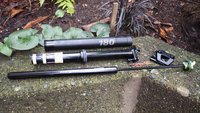
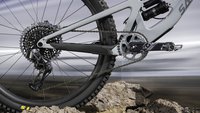
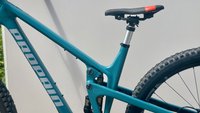







Comments
Morgan Heater
10 months ago
Dropper posts have mostly gotten pretty easy to install, but getting rid of loops of housing is nice. When these get down to Oneup pricing and reliability, I'll probably get one.
Reply
Deniz Merdano
10 months ago
300Cad and wintek cartridge and take my money!!
Reply
Andy Eunson
10 months ago
Poor cable routing is the best reason to buy one of these posts (or AXS) or wireless shifting. But a better solution is good cable routing. And for droppers, straight seat tubes that allow a lot of insert depth. In my hardtail I can just manage a 170 drop Oneup before the post bottoms out on the curve of the seat tube. And on my Fuel ex I get the same 170 because the internal tube is at the same depth as the end of the post so the cable gets a bit wonky I think. I can’t see for sure but the remote works stiffly. And more importantly the tire will hit the back of the saddle at full compression which I did a couple times when I was running the post at 180. I’m not going to compromise fit, I run my seat back pretty far on an offset post head, just far another cm of travel.
Certainly a wireless dropper solves routing issues but those shouldn’t exist on good bike. Proper design takes cable routing into account before aesthetics.
And I’ve had issues with slipping post heads like this one too. Poor design. Some might work but many do not.
Reply
BC_Nuggets
10 months ago
Stack height looks kind of high on the wireless droppers.
Reply
Curveball
10 months ago
That Rallon is absolutely beautiful.
Reply
Deniz Merdano
10 months ago
Thank you. It really is my favorite bike. Pedals well, descends well, looks well..
Reply
Jotegir
10 months ago
In my head as I'm reading, I'm thinking "one of these would kinda be a fun addition to the right build" and then I get to to the bottom of the page, realize it's still a thousand dollars, and think "never mind".
If these penetrate the market deep enough at OEM pricing that the ~7k CAD bike builds start to see wireless droppers, maybe I'll pick one up. We aren't really seeing T-Type come down below where I'd expect it to be at this stage given the MSRP on the stuff. Both wireless options occupy the same area in my mind and priority list. If a bike I wanted happened to come with it, great, but if the same manufacturer is offering a side grade without (or significant cost savings), then I'm going to pass.
Reply
Deniz Merdano
10 months ago
I think for people who are frustrated with the cable routing for their dropper posts would be interested in wireless droppers. E-Mtb crowd especially where you have to drop the damn motor to get to a housing.
A thousand dollars is a lot of money to spend on a dropper especially when. there are things that can be improved, like the angle adjustment. The operation of the Circuit is excellent cleans up the look of the bike.
Reply
Jotegir
10 months ago
Man, I've been out of the game for a couple years and honestly Deniz I think I blocked out all the times we had to drop the motor on a new eeb because factories messed up entire batches of dropper post cables. 100% of certain models needed the treatment some years. Thanks for bringing that back.
There are other bikes out there that simply chew up dropper cables because of poor manufacturing practices, particularly over the COVID era. Sharp internal edges along the dropper route that you just can't get a tool on.
I see the appeal for those guys, certainly.
Reply
fed
10 months ago
Deniz Merdano I think you do have intel... spill the beans man ;)
Reply
Deniz Merdano
10 months ago
https://www.instagram.com/p/C7_r4_yRLjW/?igsh=M2oyZGg3emk0YmRv
Reply
SixZeroSixOne
10 months ago
Just wondering how users of AXS derailleurs and any wireless dropper deal with component security when you're on the patio post-ride...??
Sure, you can put a big-ass chain thru your frame when it's on your bike rack, but I'd be scared some low-life with a set of wrenches could easily walk off with $$$ worth of kit which isn't attached to a cable.
(Yeah, I know they could undo cables as well, but that's twice as much work...)
Reply
AndrewR
10 months ago
Any bike that is worth anything to the owner shouldn't be patio'ed out of sight for any period of time.....ever.
Side cutters can fit in the same pocket that holds a 5mm or 6 mm hex (for stealing derailleurs and droppers) and battery powered angle grinders/ metal cutters have tilted the theft game in favour of the thief.
Leaving a bike un-watched is just a giant "please steal me" especially in the Sea to Sky.
Reply
Deniz Merdano
10 months ago
Bike NEVER goes out of sight and the batteries get removed when stopping for icecream after a ride in Squamish. There were people with their shocks stolen off their bikes in Fromme parking lot and even your locked! bike rack is not safe when you go for a ride around here. Pick your battles, id say
Reply
TheJankFiles
10 months ago
How’s the warranty process with KS these days? It was so bad 5-6 years ago.
Reply
Please log in to leave a comment.